Hospitality Industry Trends: From Eco Furniture to Street Art
Edenburg Hospitality’s Ignacio Edenburg discusses the growing popularity of eco-friendly materials in hotel development. He also touches on hospitality industry trends and how certain projects can stand out from a design perspective.
By Adina Marcut
Interior design plays an important role when it comes to hospitality industry trends as it’s one of the biggest selling points for guests. Today, more and more hotel developers are focusing on providing solutions that protect the environment, which is why we see a growing demand for eco-friendly materials including energy efficient lights, solar panels, recycled wood as well as using organic materials and furniture that come from green factories.
Edenburg Hospitality’s factory in Spain is one in four such facilities in Europe that has all the available green certificates to manufacture doors, wardrobe, furnishings and interior wall paneling for the hospitality sector. Ignacio Edenburg, the company’s CEO & founder, spoke with Commercial Property Executive on the aspects the interior design company takes into consideration when working on a project and what are 2018’s hospitality design trends.
What were the hospitality industry trends for amenities in 2017?
Edenburg: One trend is customers using their own devices to check in at a hotel or download an app that allows guests to control just about everything, from the air conditioning in their room to ordering room service. Another trend we’re seeing is a growing appetite for communal spaces. Hoteliers are turning the lobby and public spaces into socializing places where guests can interact with one another.
The Aloft Hotel has become known for its communal bar area and the Live at Aloft program featuring local artists performing in the hotel’s lounge. The Element Hotel’s new guestroom design features a communal room in the middle of four guestrooms, which allows guests to share a kitchen, dining area and lounge. Hotel breakfast areas are another hospitality industry trend. It’s nearly impossible to find a hotel without that offering.
Tell us three aspects you take into consideration when working on the interior design for a hotel.
Edenburg: It is important for us to take into account where the hotel is located and if it will have a certain theme. For example, if it’s located in New York City, the interior design may have more of an urban feel, or if it’s located in Miami, the interior design may be more contemporary.
We recently completed the entire design of the Tryp by Wyndham in Fort Lauderdale, Fla. Because Fort Lauderdale is the yachting capital of the world, we selected a maritime theme for the interior design and design of the furniture. The paint colors throughout the hotel are different shades of ocean blue. We designed four shark tanks in the lobby and the furniture, such as the sofas, to have a wave design to create an underwater experience for guests.
We also featured underwater photographs throughout the hotel by the photographer of French ocean explorer Jacques Cousteau. We also designed a sports theater with movie theater seats in the lobby that will be utilized for game days and guests waiting to check into their rooms.
What are the main differences between the U.S. hospitality industry trends in amenities and the international ones?
Edenburg: The U.S. hospitality market has a hotel for every customer, from branded flagships, independent and boutique hotels, resorts, casinos, limited-service, select-service, full-service hotels etc. Every project in the country is unique depending on the developer or the brand’s standards. The market in the U.S. trends towards modern design, even with the mid-scale hotel options.
The European market focuses more on upscale to luxury hotels. A mid-scale brand, such as a Holiday Inn, has higher standards in Europe. Most hotels across Europe are modern or in a historic building that has been renovated and remodeled. Restaurants and bars along with full-service amenities are available to guests at most European hotels.
The Caribbean market ranges from independent boutique hotels to upscale brands and large resorts and casinos. Tourists drive the market, so each hotel offers a wide range of services and amenities. The Latin American market is a mix between the U.S. and Caribbean markets.
One of Edenburg Hospitality’s current projects is Hyatt Regency Hotel in Seattle. What was your approach for this project?
Edenburg: The Hyatt Regency Seattle will be the largest hotel in both downtown Seattle and the Pacific Northwest, offering 1,260 designed guestrooms and suites. In this case, we were awarded the guestroom case goods furniture package because, in part, we were using all green materials. But in terms of the interior design, the hotel will feature key Hyatt Regency brand touchpoints, such as USB charging outlets at the bed and desk, LED lighting, the open retail inspired “show closet,” and 65-inch smart TVs.
The earthy feel of the interior spaces is enhanced with textures that highlight the warmth of natural materials, patterns signifying the local region and shapes that are bold in their simplicity. Details reflect the commitment to a consistent, contemporary sense of quality. There is a sense of permanence reflected in the furnishing materials—natural stones, clean lines of white oak wood, natural matte finishes and oxidized metals—that will transcend time and provide richness to the interior forms. The hotel will also be LEED Gold certified and that’s why it was important to have the furniture manufactured from green materials.
What does it take for a hotel project to stand out from a design perspective, given the current trends in the hospitality and tourism industry?
Edenburg: The most important aspect is for developers to acquire the right land to fit the needs of hospitality guests. They provide personalized experiences in every space, such as installing fitness equipment inside hotel rooms. We’ve also seen developers trying to make the properties feel like home for long-term guests by adding kitchenettes. The lobbies in hotels are also evolving by providing guests with complimentary wine while they wait as hotel staff checks them in using iPads.
Does the environmentally friendly aspect also help?
Edenburg: Eco-friendly hotels can also help developers stand out from the crowd. Located in Spain, our furniture manufacturing factory is the fourth factory in Europe that has all the available green certificates to manufacture doors, wardrobes, furnishings and interior wall paneling for hotels.
We use certified wood, environmentally friendly glue and generate our own electricity, which helps hotels achieve Class A, LEED-certified status. Two hotels that highlight this hospitality industry trend are the Gold LEED MGM National Harbor, situated on the Potomac River just south of Washington, D.C., and the Hyatt Regency Seattle in downtown Seattle. We were awarded the millwork and furniture package for their guestrooms.
We are also seeing developers bring the outdoors inside from installing indoor waterfalls, rooftop and multilevel terraces, rustic wood furnishing and walled gardens. Developers can also maintain a competitive edge by building smart hotels, such as the Henna Hotel in Japan that is manned only by robots or replacing Wi-Fi with Li-Fi, which is an internet connection through lights.
How do the amenities differ depending on the type of the hotel?
Edenburg: Amenities vary by hotel with some brands, such as Aloft and Moxy, targeting younger generations by providing an interactive environment with billiard games and live music. Themed boutique hotels, such as Tryp in Fort Lauderdale offers a different set of amenities.
Limited-service hotels have the least amenities due to operating costs and inexpensive room rates. They normally do not provide the customer with any extra benefits such as a restaurant, bar, gym etc. However, we’re starting to see more limited service hotels offering customers amenities such as pool access, gyms and laundry service.
Select-service hotels are the most popular type of hotel, providing the customer with all the upgrades that a limited service doesn’t provide. They offer food options, a full bar, pool/gym, coffee stations, newspapers and other amenities.
Full-service hotels are run by luxury brands and offer the most amenities to the customer. Their lobbies are stylish, rooms are high quality and staff is large to accommodate guests needs. These hotels generally have restaurants and cocktail bars, full gyms, spas and banquet areas.
What are the overall hospitality industry trends and issues for 2018?
Edenburg: In terms of furniture manufacturing and interior design, we will see more hotels with urban personalities that will incorporate street art into their designs. Well-designed meeting spaces with audio, visual and infrastructure is another trend that we expect to see in 2018. The furniture, audio-visual equipment, walls and dividers will need to be modular and portable. As a result, designing for connectivity, versatility and flexibility will be an important trend in 2018.
Another trend that will impact the hospitality industry is making luxury experiential rather than visual. Hotel spaces and furniture will be designed to not only look luxurious, but also feel luxurious. When it comes to future trends in the hotel industry, we will also see a growing appetite for wellness hospitality, forcing hotels to rethink their exterior and interior designs.
Will we also see more care for sustainability as a trend in the hospitality business in 2018?
Edenburg: In 2018, we will see more eco-friendlier/LEED-certified hotels in response to a growing awareness, in the industry and among guests, of the need to protect the environment. When we began manufacturing environmentally friendly hotel furniture more than a decade ago, nobody quite got what we were doing. Today, the fact that we manufacture eco-friendly furniture plays a key role in winning contracts.
This year we will also see more hotels upgrading gyms, health spas, retreat areas as well as air and water purification systems. This will also include hotels bringing nature indoors, such as installing indoor gardens or using daylighting techniques. We will also see designers using creative features such as wallpapers that change color based on light and temperature or window blinds that open and close according to the position of the sun.
Images courtesy of Edenburg Hospitality, LMN Architects and Robb Scharetg

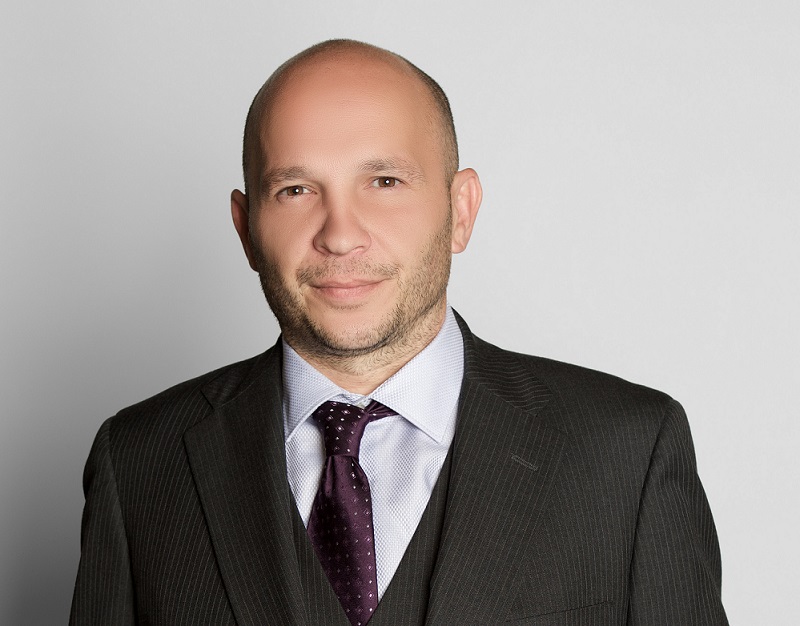

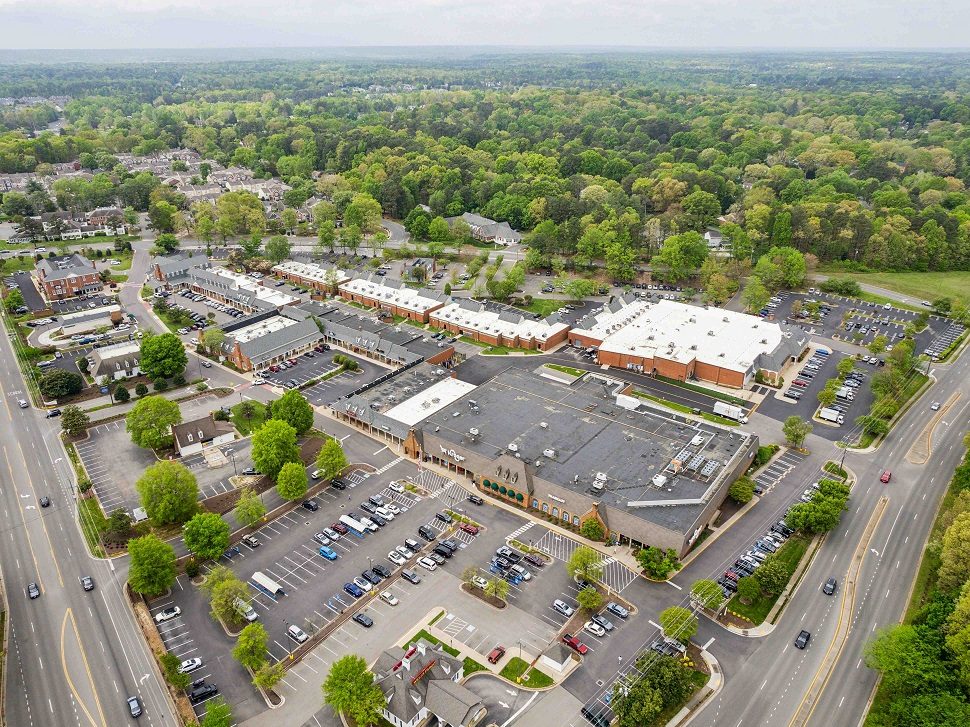
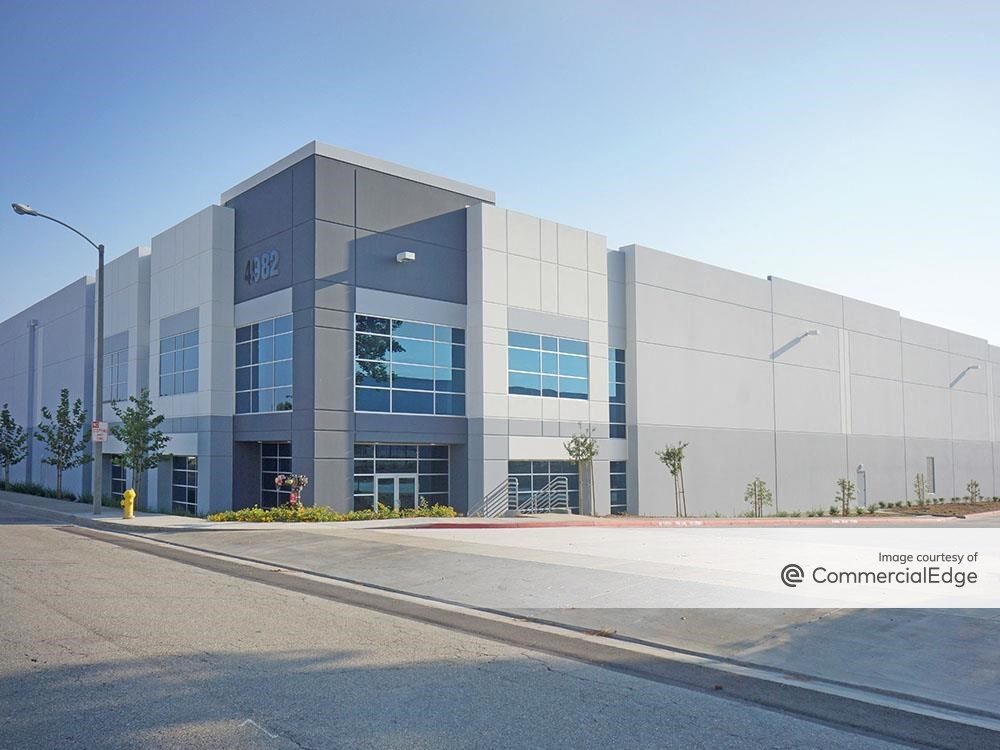
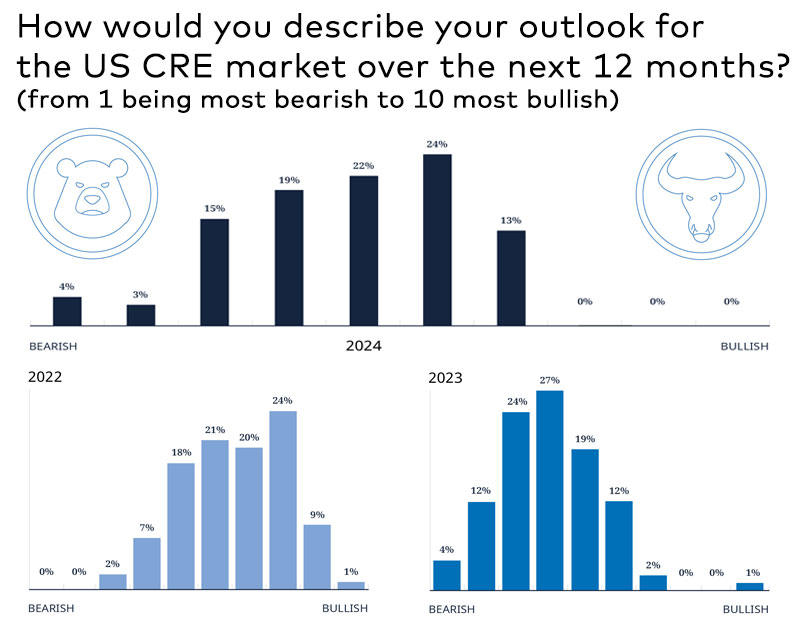
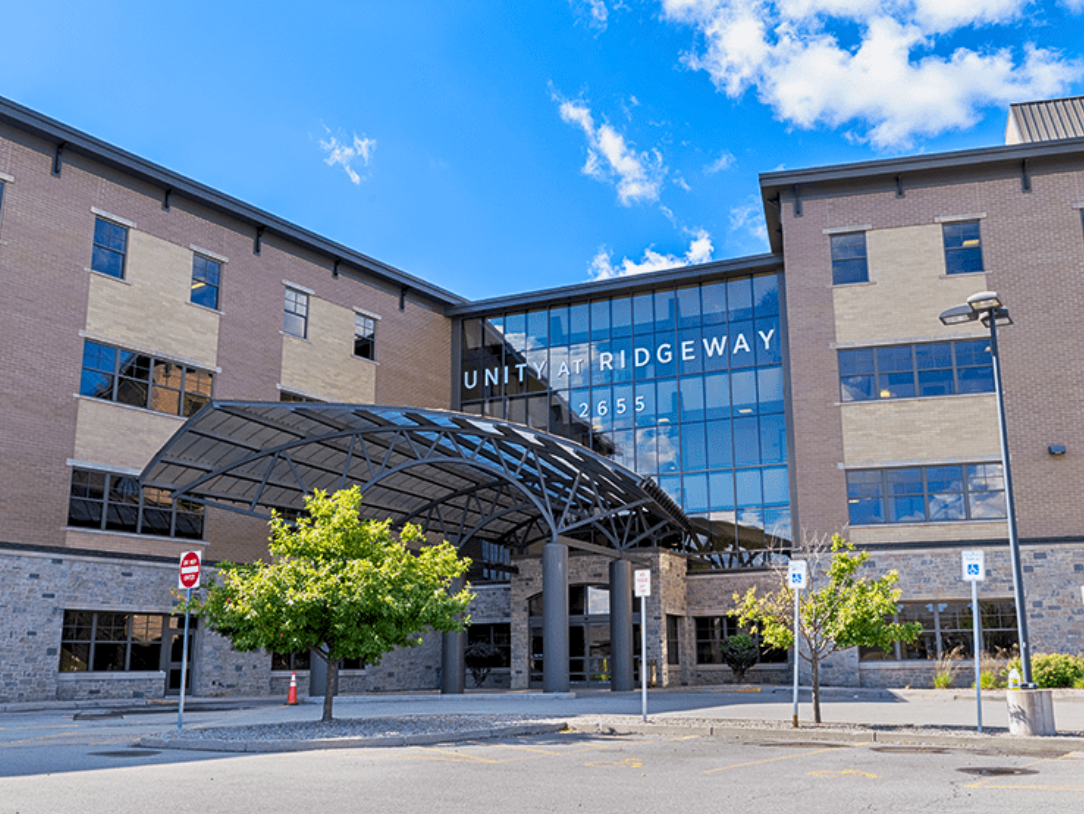

You must be logged in to post a comment.